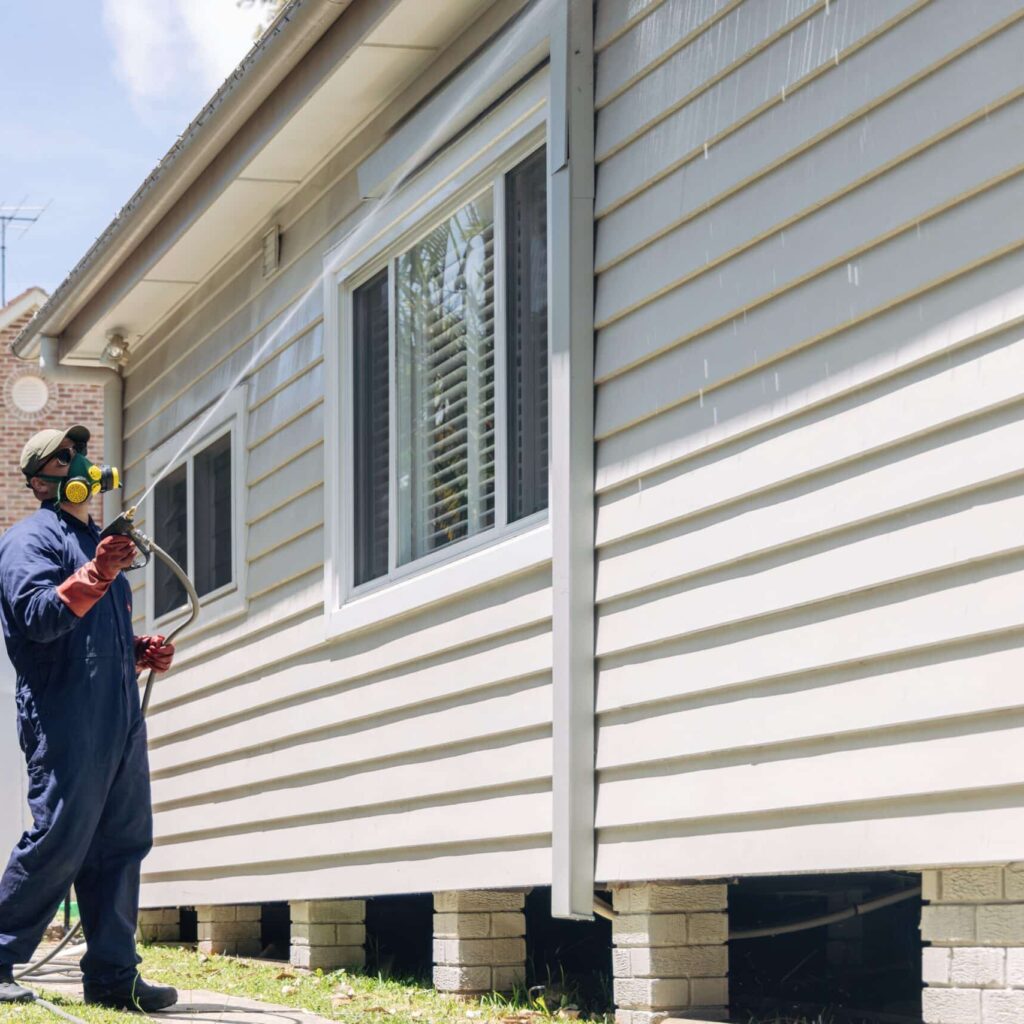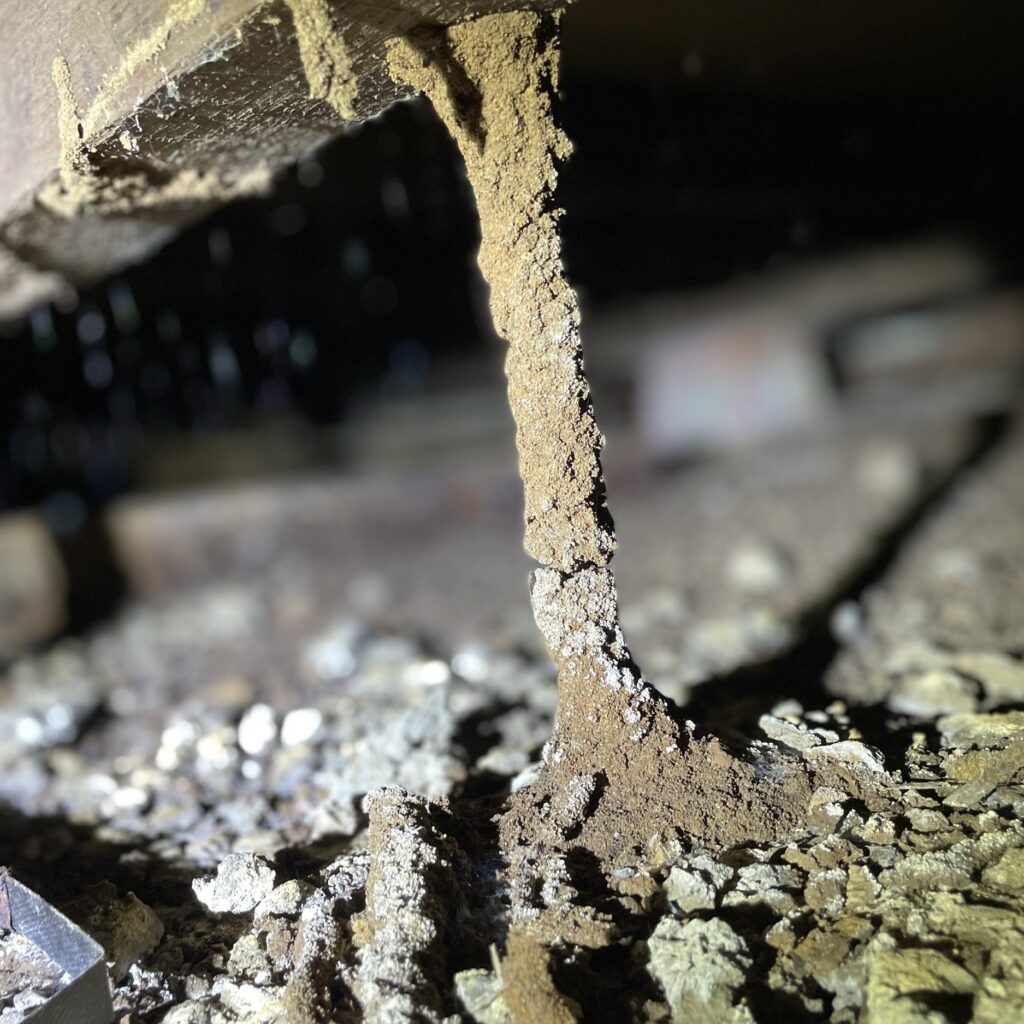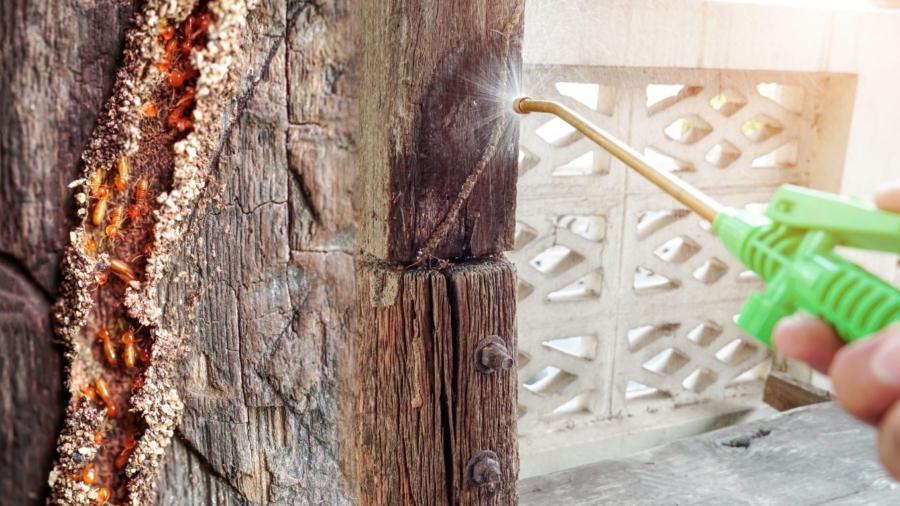Termites pose a significant threat to properties in Sydney, causing extensive damage if left unchecked. Understanding the various treatment options available is crucial for homeowners looking to protect their investments. This article aims to provide a comprehensive guide on termite control in Sydney, helping you make informed decisions for long-term protection.
Understanding Termite Behaviour
Termites are social insects that live in colonies, which can range from a few hundred to millions of individuals. They primarily feed on cellulose, found in wood, paper, and other plant materials. This diet makes wooden structures particularly vulnerable to infestation. Interestingly, termites play a crucial role in the ecosystem; they help in the decomposition of dead trees and other organic matter, returning nutrients to the soil. Their ability to break down cellulose also aids in the recycling of plant material, which is why termite control sydney is vital for maintaining a healthy environment.
In Sydney, the warm climate and abundant vegetation create an ideal environment for termites. Subterranean termites, in particular, are prevalent in the region, often entering homes through cracks in foundations or gaps around plumbing and utility lines. These termites can build extensive underground tunnels, which can stretch for hundreds of metres, allowing them to access food sources while remaining hidden from view. Their colonies are highly organised, with a caste system that includes workers, soldiers, and reproductive individuals, each performing specific roles to ensure the survival and efficiency of the colony.
Signs of Infestation
Recognising the signs of a termite infestation early can save homeowners from costly repairs. Common indicators include mud tubes on walls, hollow-sounding wood, and discarded wings near windows and doors. Regular inspections are essential, especially in areas prone to termite activity. Homeowners should also be vigilant for other signs, such as frass—tiny wood particles or droppings that termites leave behind—as well as the presence of swarming termites during the warmer months, which indicates that a colony is mature and potentially expanding. Understanding these signs can empower homeowners to act swiftly, potentially enlisting the help of pest control professionals to assess and mitigate the risk of further damage.

Types of Termite Treatments
When it comes to termite control, several treatment options are available, each with its advantages and disadvantages. Understanding these methods will help homeowners choose the most suitable approach for their needs.
Chemical Treatments
Chemical treatments are one of the most common methods for controlling termites. These treatments involve applying insecticides to the soil around a property or directly to infested wood. The chemicals create a barrier that prevents termites from entering or feeding on the structure.
While effective, chemical treatments require professional application and regular monitoring to ensure their efficacy. Additionally, some homeowners may have concerns about the environmental impact of chemical use. It is essential to select products that are approved by regulatory bodies and to consider eco-friendly alternatives that are less harmful to beneficial insects and the surrounding ecosystem. Moreover, the longevity of these treatments can vary, often necessitating reapplication every few years, depending on the specific product and environmental conditions.
Physical Barriers
Physical barriers are another option for termite control. These include steel mesh and concrete barriers that prevent termites from accessing a building. This method is often used during the construction phase of a home and can be an effective long-term solution.
While physical barriers are highly effective, they require careful planning and installation. Retrofitting existing structures can be challenging and may not always be feasible. Furthermore, the installation of physical barriers can be a cost-intensive process, as it often involves excavation and significant alterations to the building’s foundation. Homeowners should also consider that while physical barriers can deter termites, they do not eliminate existing infestations, and therefore, a comprehensive approach may be necessary for complete control.
Baiting Systems
Baiting systems involve placing bait stations around a property to attract termites. The bait contains a slow-acting insecticide that the termites carry back to their colony, ultimately eliminating the entire population. This method is particularly useful for monitoring and controlling termite activity.
Baiting systems can be a more environmentally friendly option compared to traditional chemical treatments. However, they require regular monitoring and maintenance to ensure effectiveness. Homeowners must be diligent in checking the bait stations and replenishing them as needed, which can be time-consuming. Additionally, the success of baiting systems can depend on the size of the termite colony and the species involved, making it crucial to have a thorough inspection conducted by pest control professionals to tailor the baiting strategy effectively. This proactive approach not only helps in managing current infestations but also aids in preventing future ones, ensuring the long-term protection of the property.
Choosing the Right Treatment
Selecting the best termite treatment for your property depends on various factors, including the level of infestation, the type of termites present, and the specific needs of the homeowner. Consulting with a professional pest control expert can provide valuable insights and recommendations tailored to your situation. Read more about choosing the right treatment at http://extension.msstate.edu/content/methods-termite-control
Assessing the Infestation
Before deciding on a treatment method, it is essential to assess the extent of the infestation. A professional inspection can help identify the type of termites present and the damage they have caused. This information is crucial for determining the most effective treatment strategy.
Considering Environmental Impact
Homeowners should also consider the environmental impact of their chosen treatment method. Many pest control companies now offer eco-friendly options that minimise harm to non-target species and the surrounding ecosystem. Discussing these options with a pest control professional can help align treatment choices with environmental values.
Preventative Measures
In addition to treatment options, implementing preventative measures can significantly reduce the risk of termite infestations. Regular maintenance and vigilance are key components of an effective termite management plan.
Regular Inspections
Scheduling regular inspections with a qualified pest control professional can help identify potential problems before they escalate. Inspections should be conducted at least once a year, or more frequently in areas with a history of termite activity.
Moisture Control
Termites thrive in moist environments, so controlling moisture levels around a property is crucial. Homeowners should ensure proper drainage, fix leaks promptly, and maintain gutters to prevent water accumulation. Additionally, keeping wood piles and vegetation away from the foundation can help reduce the risk of infestation.
Post-Treatment Care
After treatment, it is essential to follow up with proper care to ensure long-term protection against termites. This includes monitoring for signs of re-infestation and maintaining preventative measures.

Monitoring and Maintenance
Regular monitoring is vital after treatment to ensure that the chosen method remains effective. Homeowners should be vigilant for any signs of termite activity and report any concerns to their pest control provider. Scheduled follow-up visits can help maintain the integrity of the treatment.
Educating Homeowners
Education plays a crucial role in termite prevention. Homeowners should be informed about the signs of infestation and the importance of regular inspections. Understanding the behaviour of termites can empower homeowners to take proactive measures in protecting their properties. To learn more about educating homeowners click here.
Choosing a Pest Control Professional
Finding a reliable pest control professional is essential for effective termite management. Homeowners should seek companies with a proven track record in termite control and a reputation for quality service.
Researching Qualifications
When selecting a pest control provider, it is important to research their qualifications and certifications. Look for companies that are licensed and insured, as this ensures that they meet industry standards and regulations.
Reading Reviews and Testimonials
Reading reviews and testimonials from previous customers can provide valuable insights into a company’s reliability and effectiveness. Look for feedback on their communication, professionalism, and the results of their treatments.
Conclusion
Termite control is a critical aspect of property maintenance in Sydney. By understanding termite behaviour, exploring treatment options, and implementing preventative measures, homeowners can protect their properties from these destructive pests. Consulting with a professional pest control expert can provide tailored solutions for long-term protection against termites.
Ultimately, the best approach combines effective treatment with ongoing vigilance and education. By taking proactive steps, homeowners can ensure that their homes remain safe and secure from the threat of termites.
Related : Termite Removal: What to Do When You Discover Termites in Your Home

